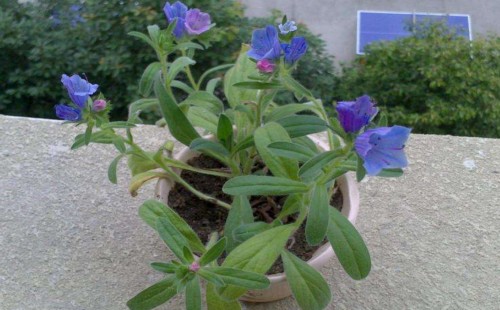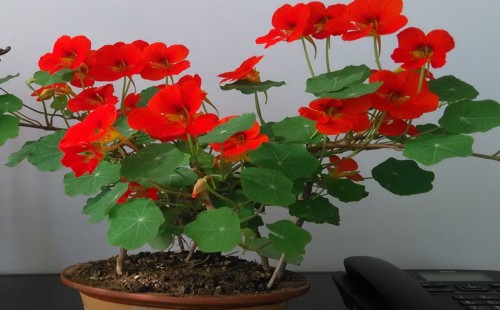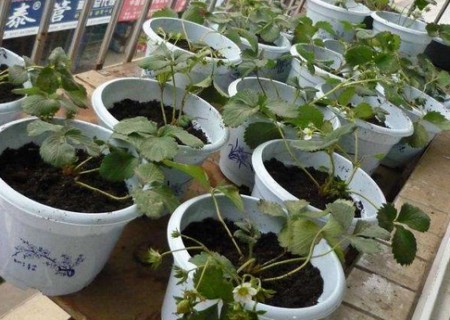How to grow seeds of blue thistle
Blue thistle has blue bell-shaped flowers, green leaves such as sword-shaped, biennial herbaceous shrubs, but because its flowers and leaves are highly ornamental, they are widely used in landscaping and planting flowers. Some friends even plant it as a potted plant in the family for viewing. It can be seen that blue thistle is a kind of plant with high ornamental value.

Blue thistle prefer light, barren, but not water-resistant, nor heat-resistant, prefer to grow in a fertile, loose, well-drained deep sandy soil environment, under normal growth conditions, the height can reach 30-90 cm, the main colors are blue, purple and pink, white and so on. Blue thistle flowers fresh and refined, like a fairy in general, stand out among many flowers, but do not compete with anyone, neither arrogant nor impetuous.
Blue thistles not only blossom but also bear seeds, and like many other flowers and plants, young plants can be bred by sowing. So how to plant the seeds of blue thistle?
It is found in practice that blue thistle can be sown in spring, summer and autumn, but with the continuous increase of temperature, it can blossom in 2 months after sowing. It can be seen that the growth of blue thistle is relatively rapid, and it has good growth, barren tolerance and high ornamental value, so it can be regarded as a high quality flower plant for greening and beautification.
Since the best germination temperature of blue thistle seeds is between 18 °C and 22 °C, it is best to sow in spring or autumn. Spring sowing usually takes place in April, while autumn sowing usually takes place in September. Because the temperature of these two periods is the cleanest and the germination temperature is the cleanest, the germination rate of seeds is often higher if sowing and breeding during the period.
However, in order to improve the germination rate and accelerate the seed germination, the original suggestion is to soak the seeds and accelerate the germination before planting. The main purpose is to soak the seeds of blue thistle in warm water for a period of time, let them absorb enough water and show white before sowing. If the temperature and humidity are suitable, the seedlings can usually emerge in a week.
However, the soil preparation for planting blue thistle should not be careless, since blue thistle likes the deep sandy soil environment with loose fertility and good permeability, so we should prepare the soil according to these characteristics. If necessary, some humus can be added to the soil to improve fertility, which is more conducive to the germination and growth of blue thistle seeds.
In the process of blue thistle seed germination, we should keep the temperature between 18 °C-22 °C as far as possible, and the growth temperature should be kept between 15 ℃-25 ℃. But because the blue thistle is not resistant to hot and humid, so watering can not be too much, to ensure adequate light and smooth ventilation, flowering can increase the intake of water and fertilizer.
Time: 2019-05-23 Click:
- Prev

How to plant the seeds of Clematis paniculata
Golden lotus can not only be used in medicine, but also has the functions of clearing away heat and detoxification, nourishing yin and reducing fire, but also has ornamental value because of its beautiful green flowers and leaves such as bowl lotus. It is precisely because the flowers and leaves of this flower plant are highly ornamental, so they are very suitable for potted cultivation and put them on the balcony and windowsill.
- Next

How to plant strawberry seeds in flowerpots
With the improvement of people's living standards, potted flowers and plants have come into more and more families. Especially in recent years, potted strawberries are very popular. For individuals, there are always many people who try to reproduce young plants by sowing seeds in flowerpots. However, strawberry seeds do not have their own obvious dormancy period.
Related
- Fuxing push coffee new agricultural production and marketing class: lack of small-scale processing plants
- Jujube rice field leisure farm deep ploughing Yilan for five years to create a space for organic food and play
- Nongyu Farm-A trial of organic papaya for brave women with advanced technology
- Four points for attention in the prevention and control of diseases and insect pests of edible fungi
- How to add nutrient solution to Edible Fungi
- Is there any good way to control edible fungus mites?
- Open Inoculation Technology of Edible Fungi
- Is there any clever way to use fertilizer for edible fungus in winter?
- What agents are used to kill the pathogens of edible fungi in the mushroom shed?
- Rapid drying of Edible Fungi

